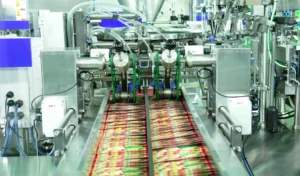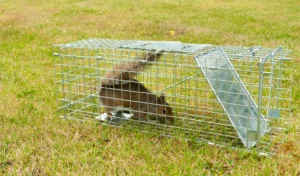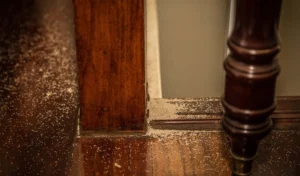During the summer season, many homeowners start to worry about the possibility of spiders invading their homes and garden. While there is no foolproof way to keep spiders out, using yellow sticky traps can help you catch them before they have a chance to establish themselves. Here’s what you need to know about using yellow sticky traps to get rid of spiders.
Pests in the garden may be a major issue. They consume and destroy your plants, making you and your guests uncomfortable while you try to enjoy the outdoors. There are several methods for dealing with unwanted arthropods, each with its own set of advantages and disadvantages. One approach is to use sticky traps for insects. Although sticky traps are intended for pests only, they do not distinguish and will capture both beneficial insects as well as snakes, lizards, and even birds.
What are Sticky Traps, and How Can They Help You Out?
Using a glue-based trap to capture and immobilize vermin is referred to as sticky trap pest control. These traps are frequently made of cardboard with a sticky glue layer. The card may also be folded into a tent shape or flattened out. The tent cover protects the sticky surface from dust and other particles. Some sticky traps include scents to attract specific pests.
A sticky trap might also be a hanging trap. Only crawling insects, such as spiders or cockroaches, may be trapped using the type that sits on surfaces. Insects with wings can’t be caught in this manner. For example, a hanging strip of sticky paper may be used to catch and hold flies.
Yellow sticky traps are used to monitor and control pest infestations. These traps are quite useful for homeowners because they don’t harm the environment. They are easy to use and are relatively inexpensive.
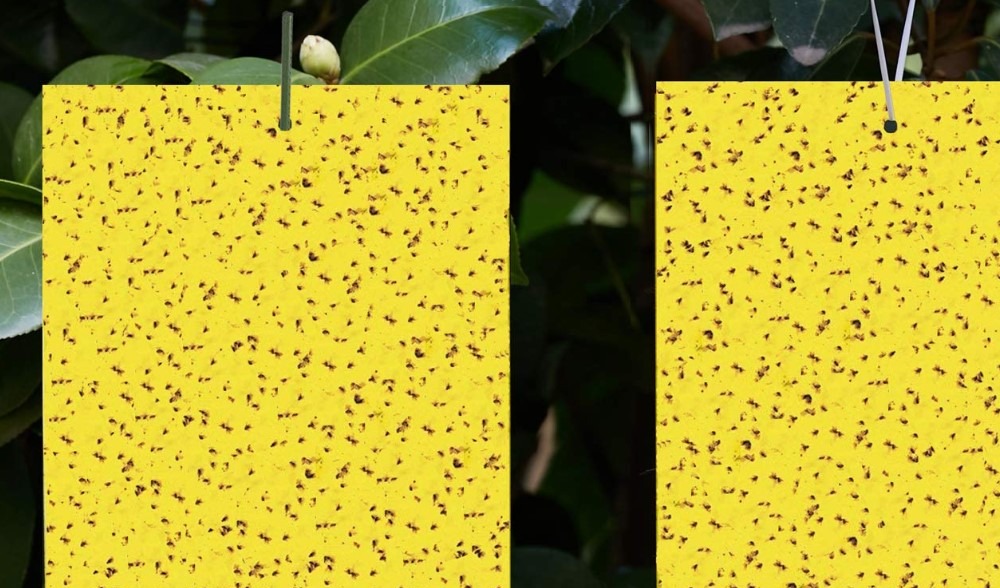
When Should You Use Sticky Traps?
Using sticky traps to combat aphid, whitefly, and thrips infestations in the greenhouse or at home is typical. These traps can be used to measure insect populations and see whether another pest control technique is working. Stick traps have disadvantages when it comes to controlling outdoor garden pests; as a result, alternative pest control methods should be utilized. Making the garden more appealing to beneficial insects, for example, may help keep the number of pesky bugs down because many depend on them. Ladybugs, for example, enjoy eating aphids.
Performance of Yellow Sticky Traps
Four to six yellow sticky traps can be placed in one acre of ground, which has been found to help reduce insect/pest populations that may fly, such as aphids and jassids.
Benefits of Yellow Sticky Traps
- Reduced use of chemical based pest pesticides.
- Reduces health risks associated with chemicals.
- Environment friendly.
- Saves on costly pesticides.
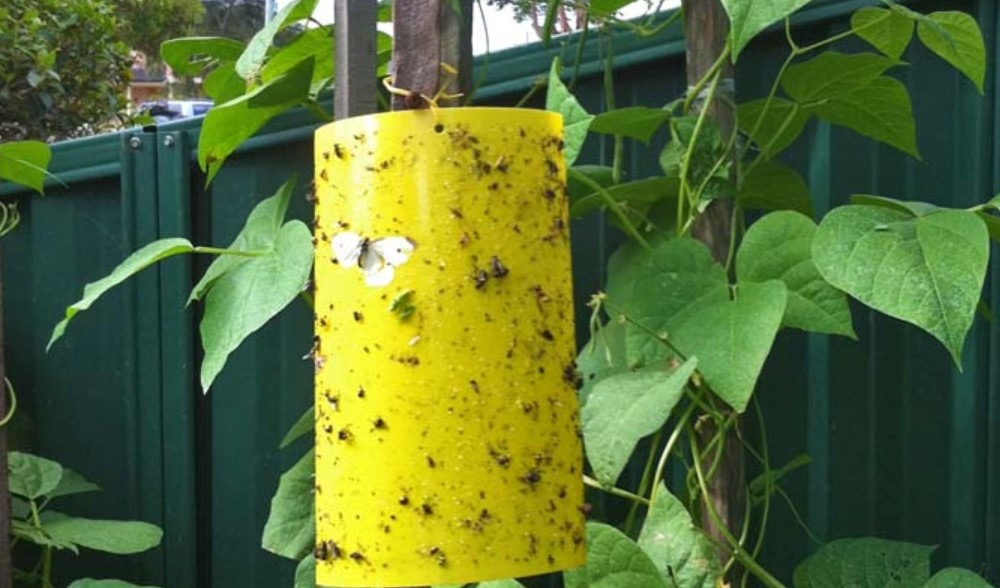
How Does Yellow Sticky Traps Work?
Yellow sticky traps are constructed of different shapes (rectangular, circular, or shaped like tape) and sizes with yellow oil paint on them. The majority of insects are drawn to the color or brightness of yellow. When insects come into contact with the yellow trap, they are trapped in the glue, which is replenished on a regular basis. As a result, it control the fly population, thrips, aphids, and leaf miners. One trap can manage an area of 250 to 1000 square feet depending on its size.
Conclusion
If you’re looking for an easy and affordable way to monitor the pests in your home or garden, yellow sticky traps are a great option. By placing these traps in strategic locations, you can keep tabs on the critters that are invading your space and take steps to get rid of them before they cause any damage.

